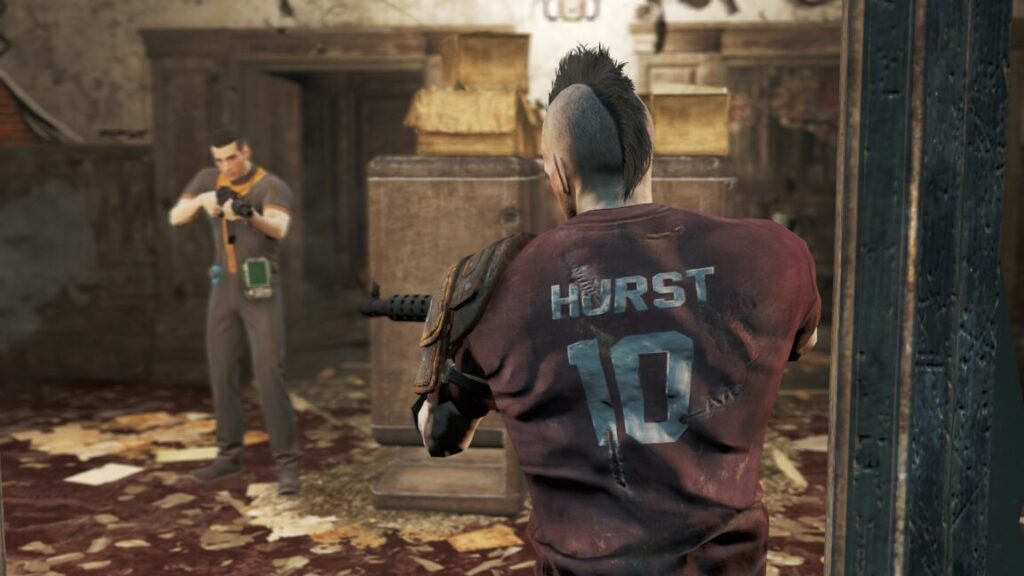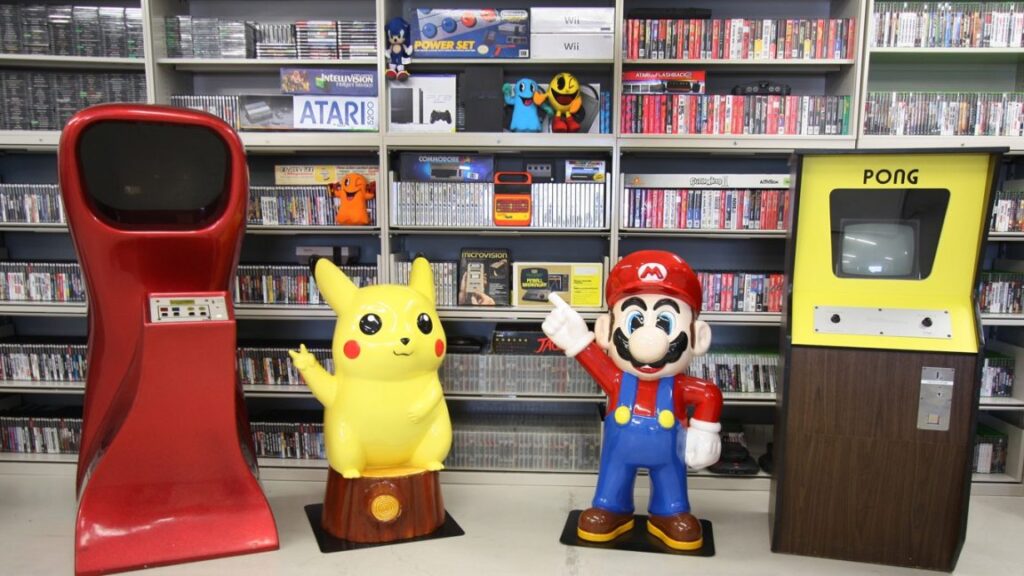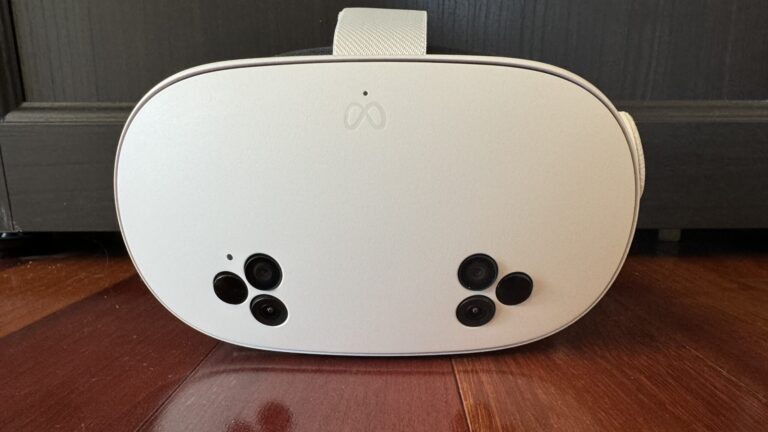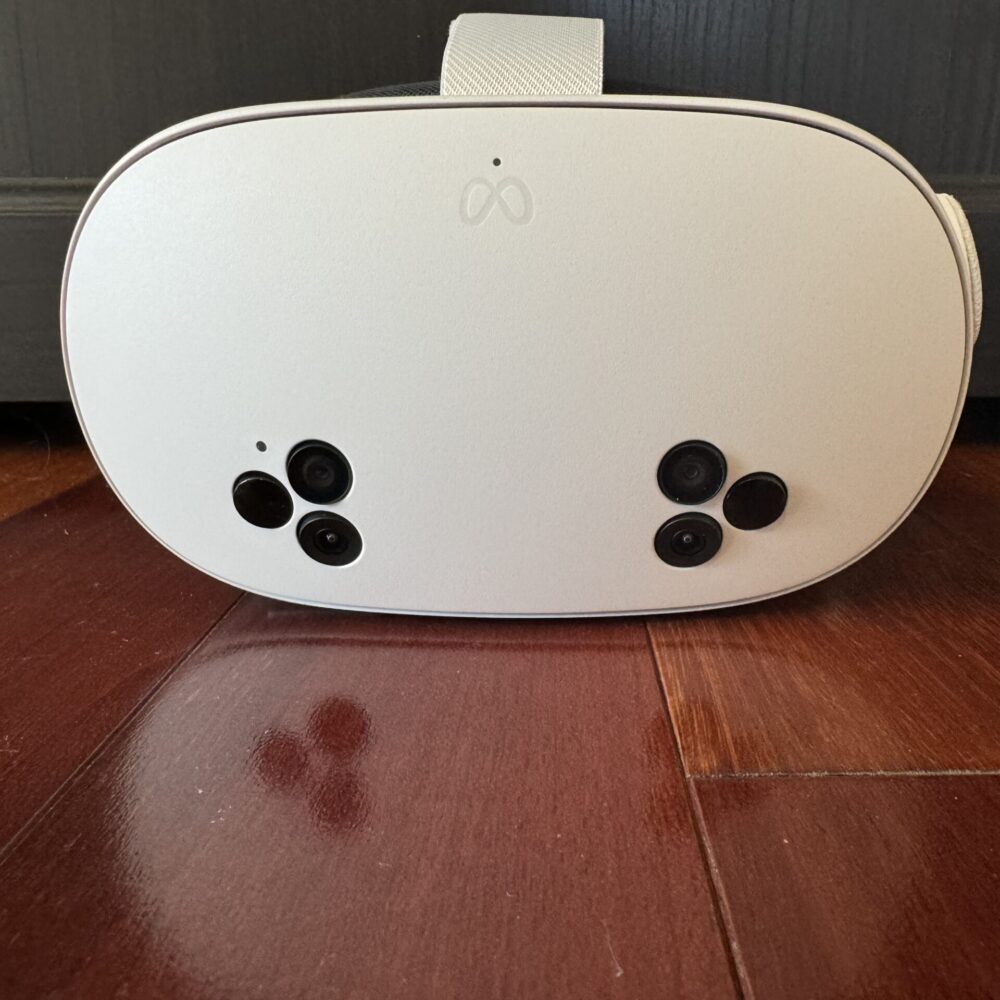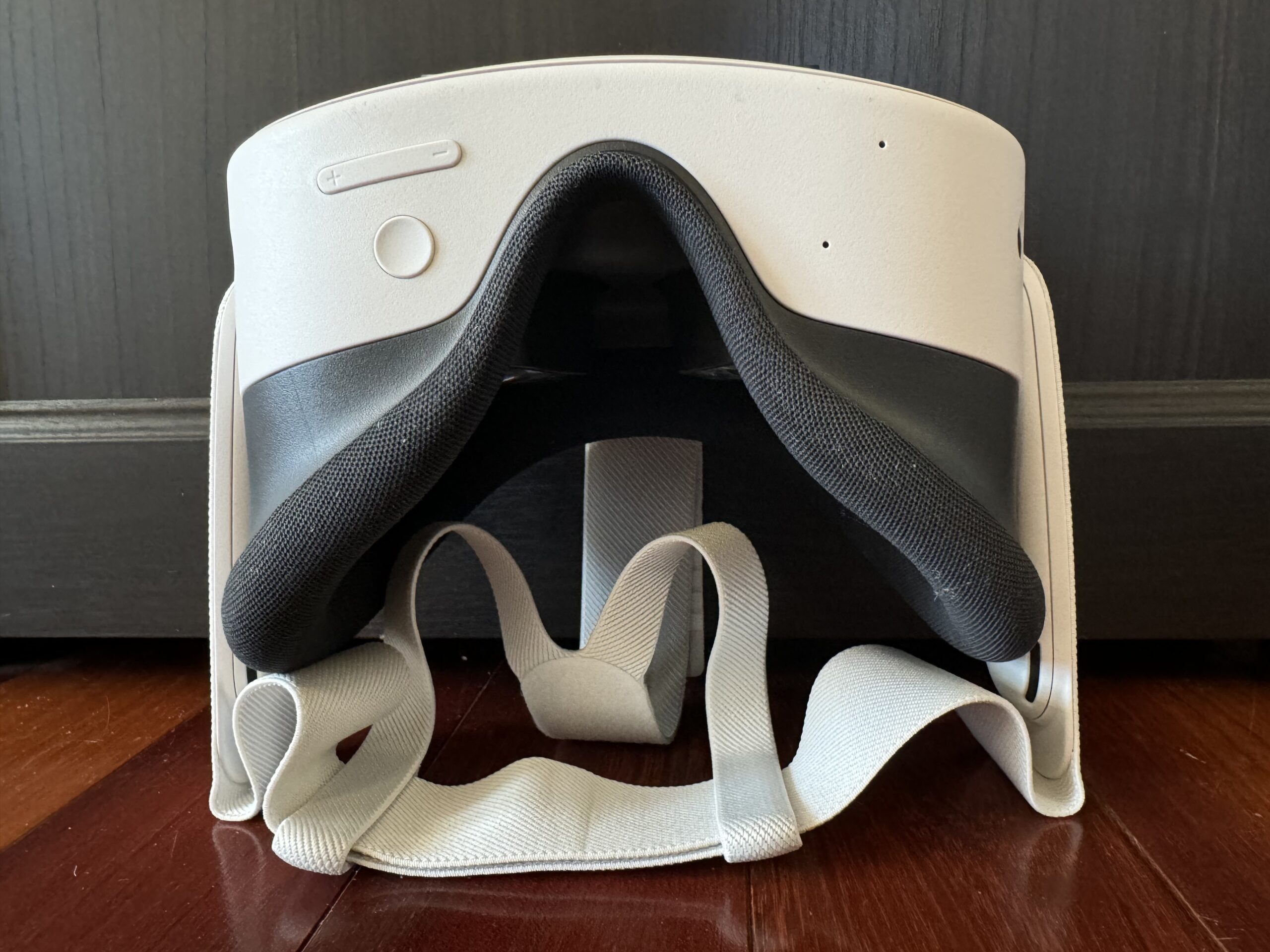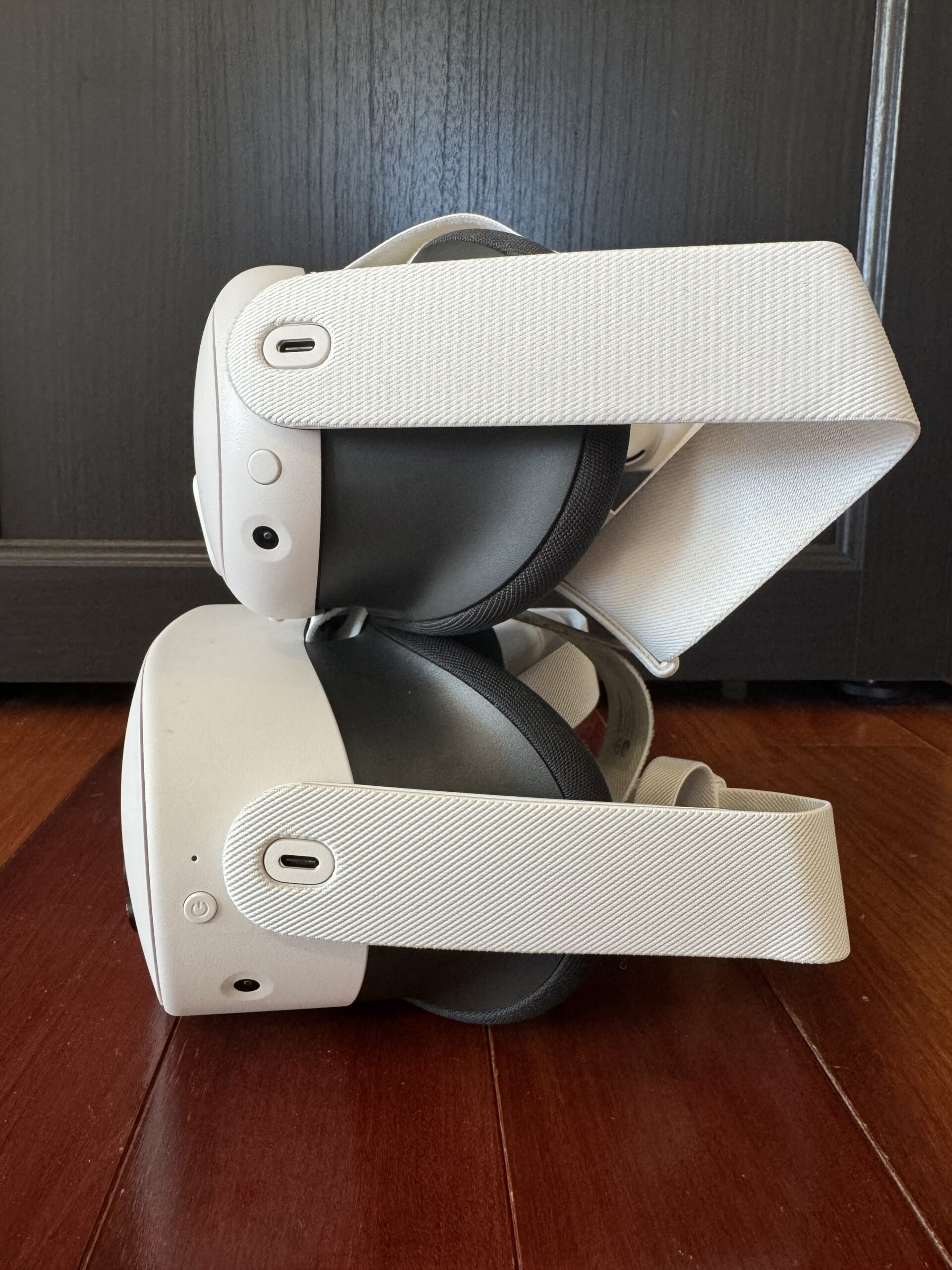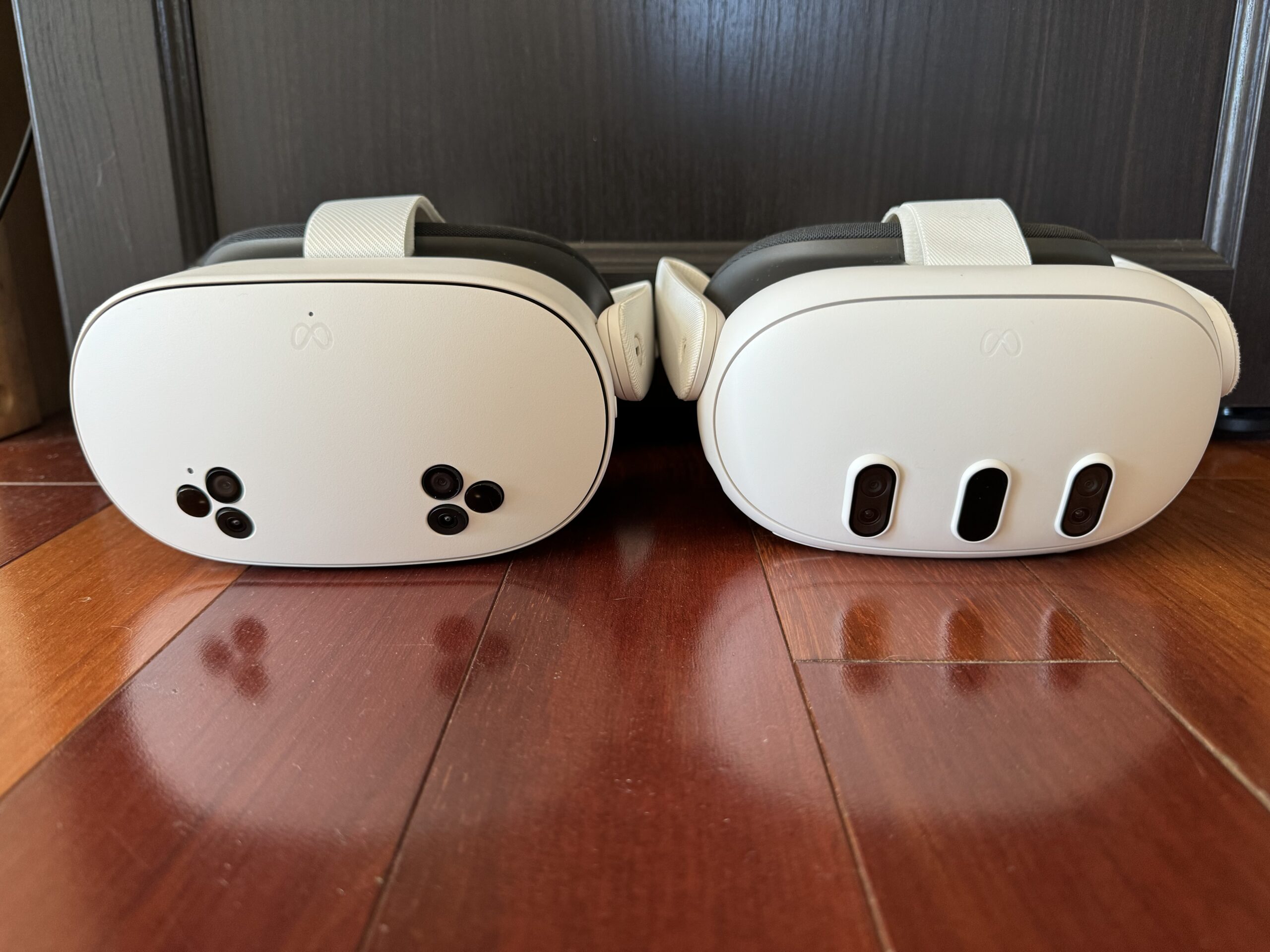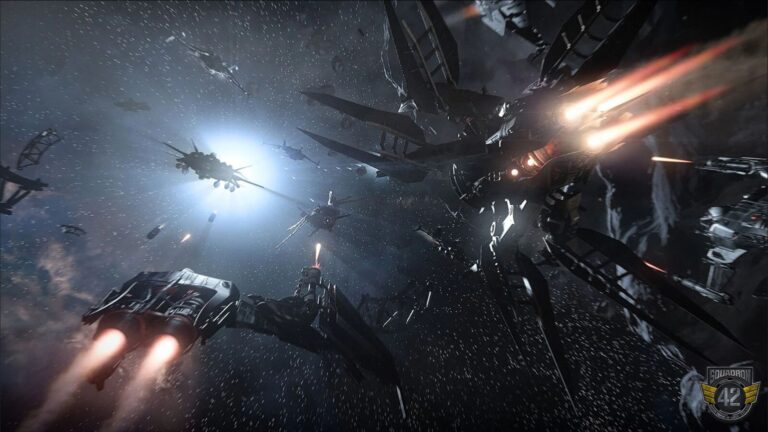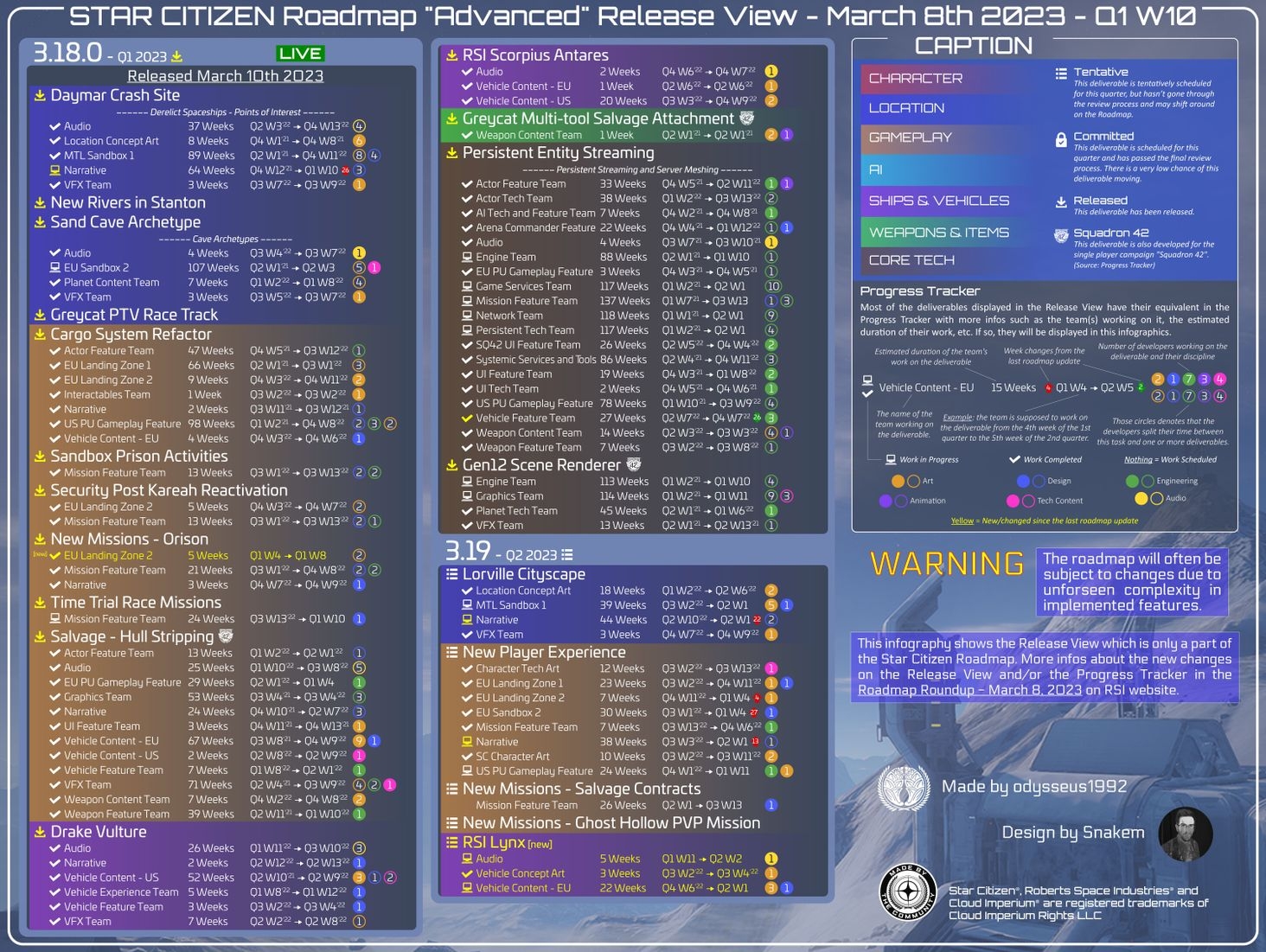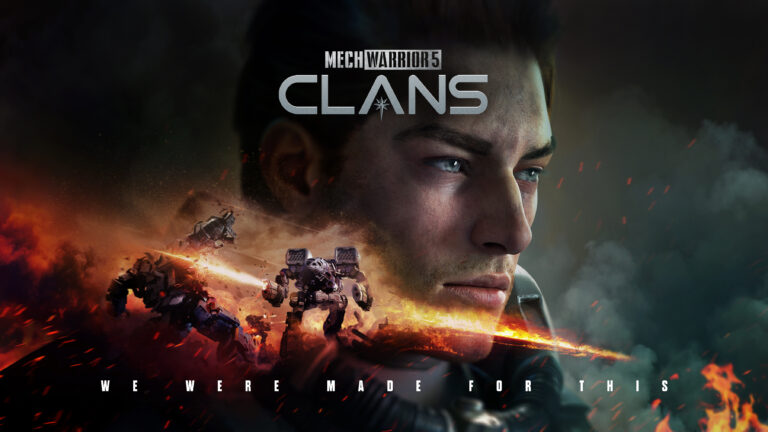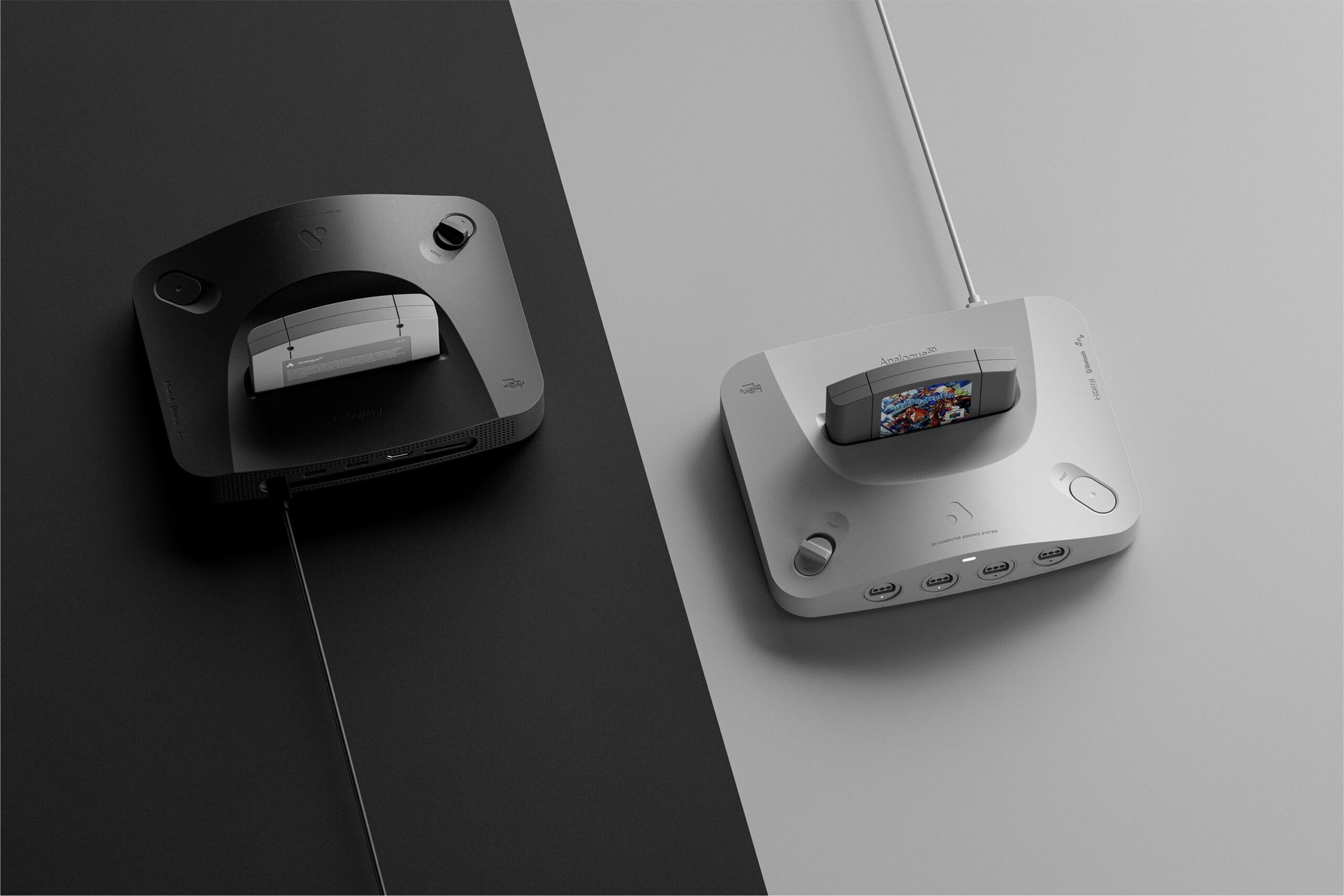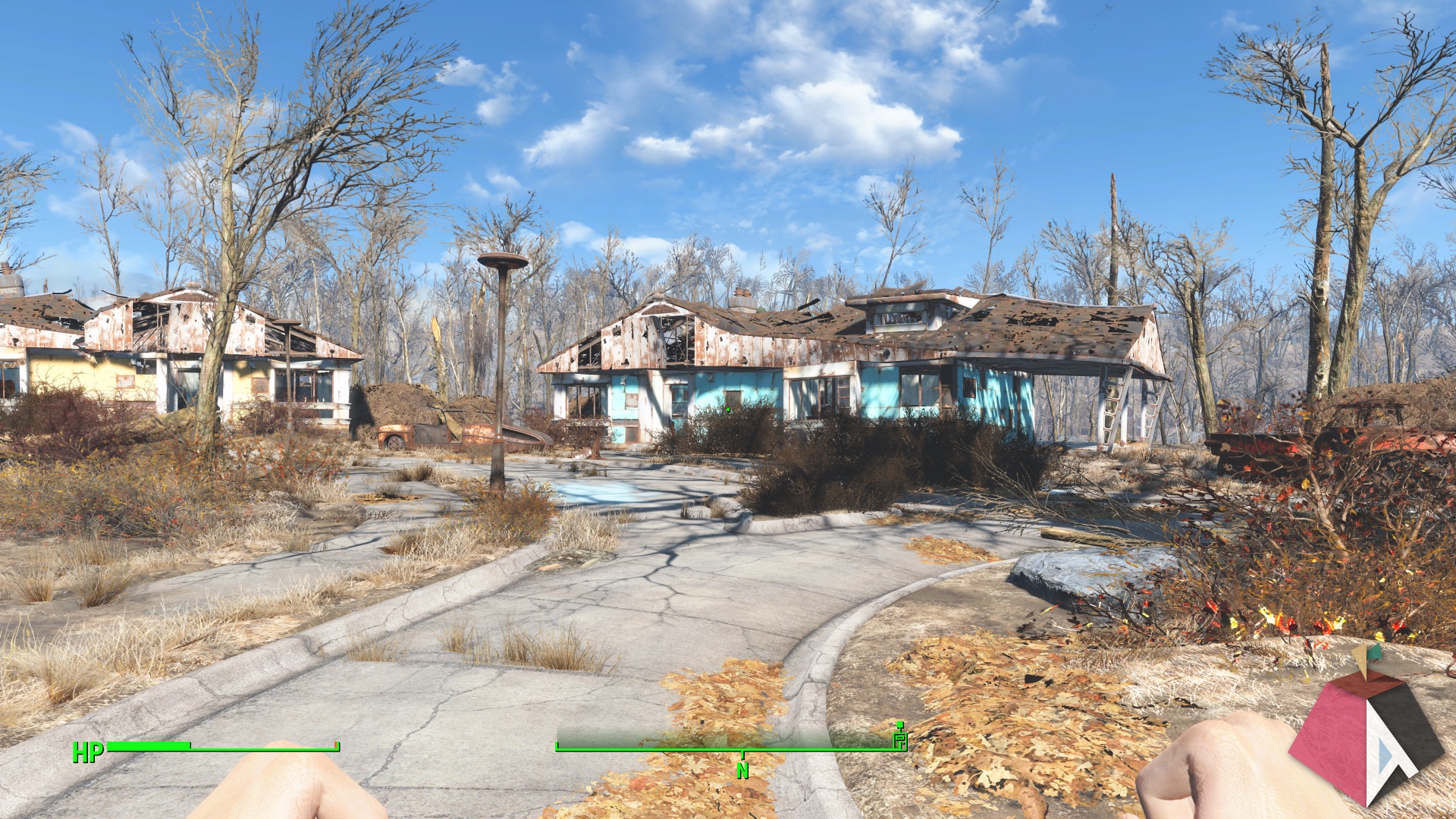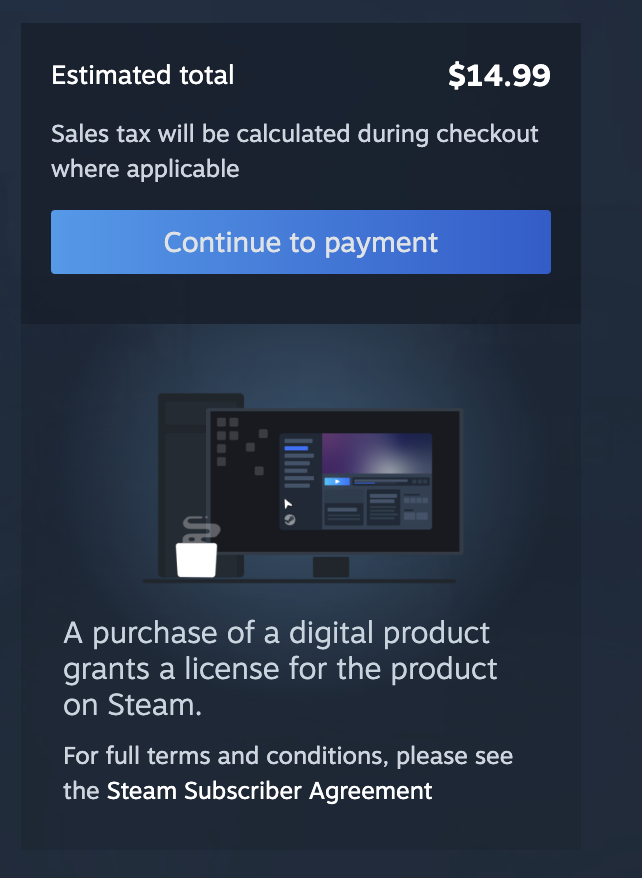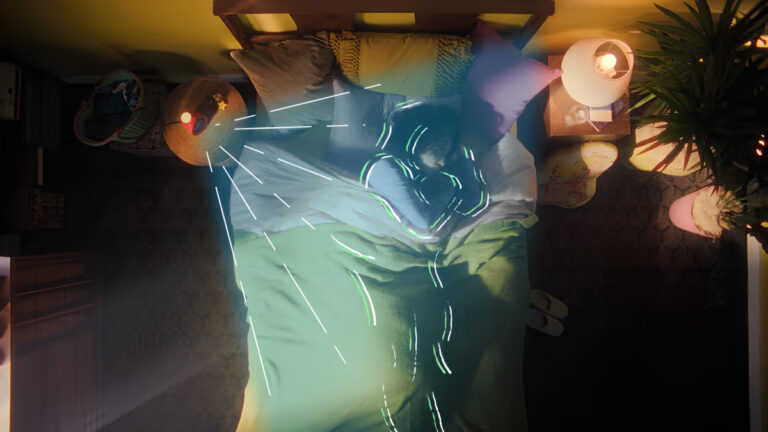Apple is turning The Oregon Trail into a movie
Apple will adapt the classic educational game The Oregon Trail into a big-budget movie, according to The Hollywood Reporter (THR).
The film is in early development, having just been pitched to Apple and approved. Will Speck and Josh Gordon (Blades of Glory, Office Christmas Party) will direct and produce. Given that pedigree (zany comedies), it’s clear this film won’t be a serious historical drama about the struggles of those who traveled the American West.
In fact, the report not only notes that it will be a comedy—it says it will be a musical, too. “The movie will feature a couple of original musical numbers in the vein of Barbie,” according to THR’s sources. EGOT winners Benj Pasek and Justin Paul will be responsible for the original music in the film.
Of course, with a comedy, the writers are at least as important as the director. The film will be written by Kenneth and Keith Lucas—but they’re most recently best known for the 2021 drama Judas and the Black Messiah, for which they received an Oscar nomination.
That’s all we know about the film so far. As for the game, well, it needs no introduction—especially for folks who were of the appropriate age to play it at school or at home on personal computers from the 1970s through the 1990s.
The game is a major cultural touchstone for a certain generation—to the point that “The Oregon Trail Generation” has been used as a label for many of the people born in the early 1980s. It’s long been a thing to joke about the game’s morbid content, like the infamous phrase: “You have died of dysentery.”
Since the film was greenlit by Apple, it’s likely to debut on the Apple TV+ streaming service, but we don’t yet know when it will arrive or who will star in it.
Apple is turning The Oregon Trail into a movie Read More »

